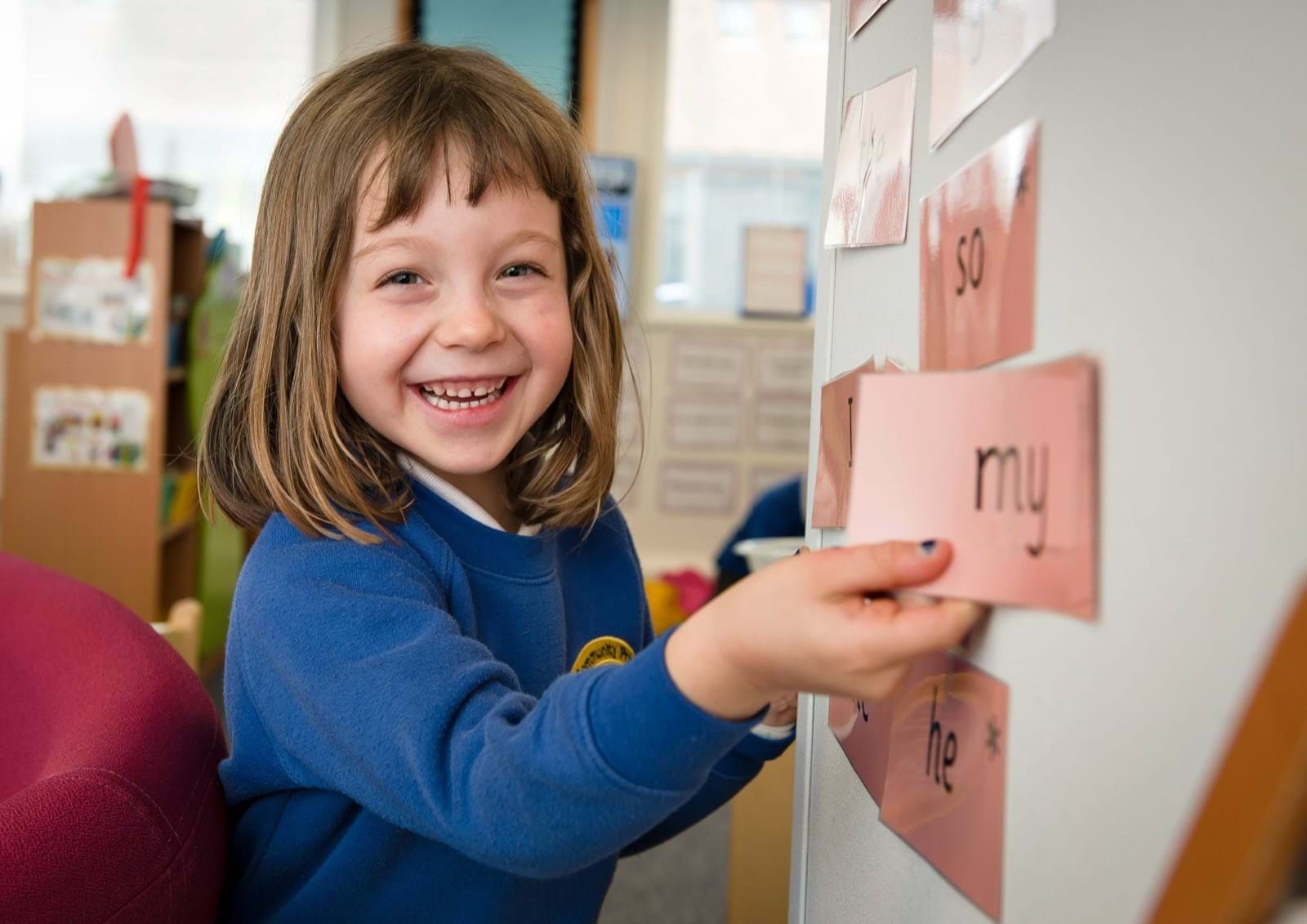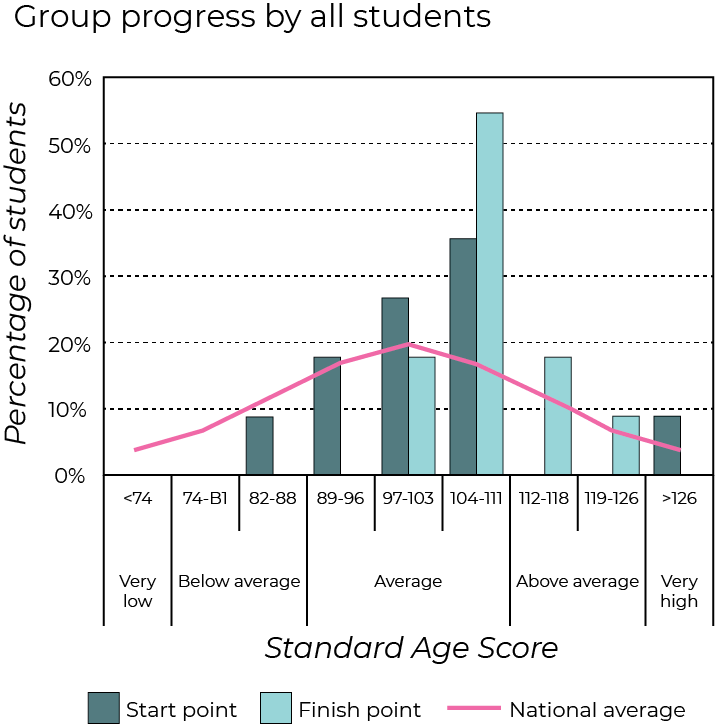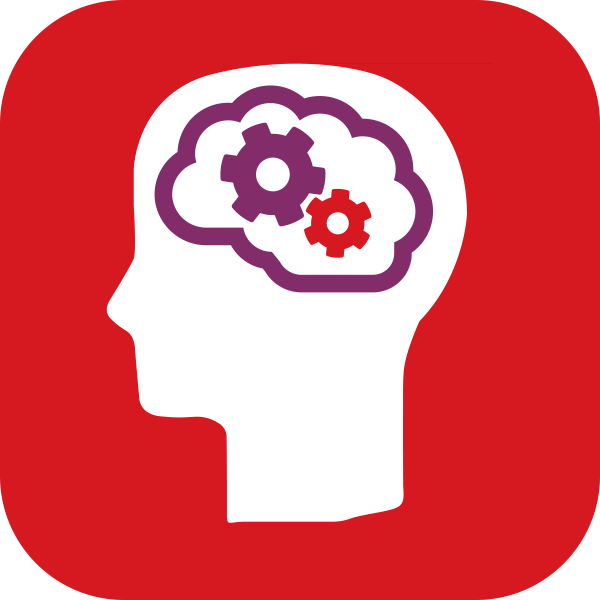“ ”
Using data to improve teaching and learning
Stefan Doyle, Academic Co-ordinator for Key Stage 3 (KS3), tells us more:
“CAT4 helps us to identify and uncover any bias in cognitive abilities. We look for students who are showing a ‘verbal deficit’ i.e. those who have a low verbal reasoning Standard Age Score (SAS) compared to their other scores. This can be an indicator that the student may need extra literacy support.
As an international school, most of our students are learning in their second language, so it’s important that we look at this verbal deficit as a possible marker of literacy difficulties. The GCSE indicator scores are also useful for identifying in Year 7 those students who may need support and intervention to achieve our target of at least 5 A*-Cs (including English and Maths) in the iGCSE.”
Implementing a new literacy intervention programme
“In 2018, our Additional Support Needs (ASN) team, EAL Co-ordinator, Head of English and myself, reviewed the latest CAT4 data for our Year 8 and Year 9 students. We found that 37% of the cohort had less than a 50% chance of achieving 5 A*-C, 35% of the cohort had below average verbal reasoning skills and 15% of students were not achieving age expectations in five or more subjects according to the school’s internal assessment system.
We therefore decided to trial the implementation of a new literacy intervention programme to target this. The programme we selected is designed to help KS3 students become proficient readers, confident learners and get GCSE-ready. It looks at three areas: Word study – targeting gaps in basic reading skills and developing academic vocabulary; Grammar – improving written composition and reading comprehension; and Comprehension – teaching the skills required for higher order text analysis.”
Triangulating data from CAT4, the school’s internal assessments and their teachers’ judgements, the team identified a group of 20 students to go onto the programme. Stefan explains: “These students were required to attend one intervention class per week plus carry out additional work from the programme online at home. We ensured that both the parents and the students were fully aware of what they were committing to, with a signed contract to support their buy-in.”
“ ”
“ ”

Assessing the impact objectively
The team wanted to review the impact of the programme in an action research way – so a control group of students from the same classes as the intervention group was selected to compare results. This control group included a cross-section of abilities, including ASN students.
The school needed an external assessment of reading and comprehension skills that they could use to benchmark both the intervention and control groups at the start of the project and review progress as it went on. Stefan explains: ”We looked at what tests would be applicable, and the New Group Reading Test (NGRT) jumped out as the most appropriate as it is simple to implement, is adaptive, and has been standardised with a large number of students. We could use it termly and the comprehensive reporting provides the level of detail that we needed to properly assess the impact of the interventions.
At the start of the project we took a baseline score with NGRT. The programme we used also gave baseline information, but we wanted something that was objective and could be used with the control group too. Students then came to the intervention sessions once per week and were given tailored, personalised lessons from the intervention programme.
We used NGRT after the programme had been running for 3 months and again after 6 months, to assess progress and impact. This meant that we could feed back to the students and their parents and also identify what progress they were making in specific areas. We could look at the detail of what they were doing within the intervention programme and compare it to the NGRT results, seeing whether they were focusing on the correct elements. Were they, for example, concentrating on comprehension strands, when they should be looking at vocabulary?
We could see from the 3-month NGRT results that there were some students that weren’t making the progress we were expecting. We looked at their results on an individual basis and explored whether this intervention style was right for them. For some it became clear that they weren’t completing enough of the work required at home, so this was discussed with them and their parents, and a couple of students opted to come off the programme, so we were able to offer those places to others."
Analysing the results
At the end of the year, the team were able to review the impact of the programme and assess whether to continue the trial or roll it out beyond KS3.
Stefan explains: ”We observed a greater improvement in reading and comprehension in the intervention group in comparison to the control, but this wasn’t statistically significant. However verbal qualitative evidence from the students themselves showed that most of them felt it had had a positive impact and their reading and comprehension had improved. They felt it had also had an impact on their learning in other subjects.
This is part of a 2-year plan, so we will be continuing to trial the programme and are starting a second cohort on it, to assess the impact ongoingly. We are looking to make some improvements to the delivery of face-to-face sessions and will be investigating how the data and strategies generated can be better implemented in language classes and generally.
We saw this as an opportunity for us to be experimental, to try something new, and NGRT provided us with the confidence that we could evaluate the impact of our interventions at the end of the trial period in a robust way. It gave us an external measure that’s completely objective and simple to use, providing valuable data to improve student outcomes.”

Control group v. intervention progress




